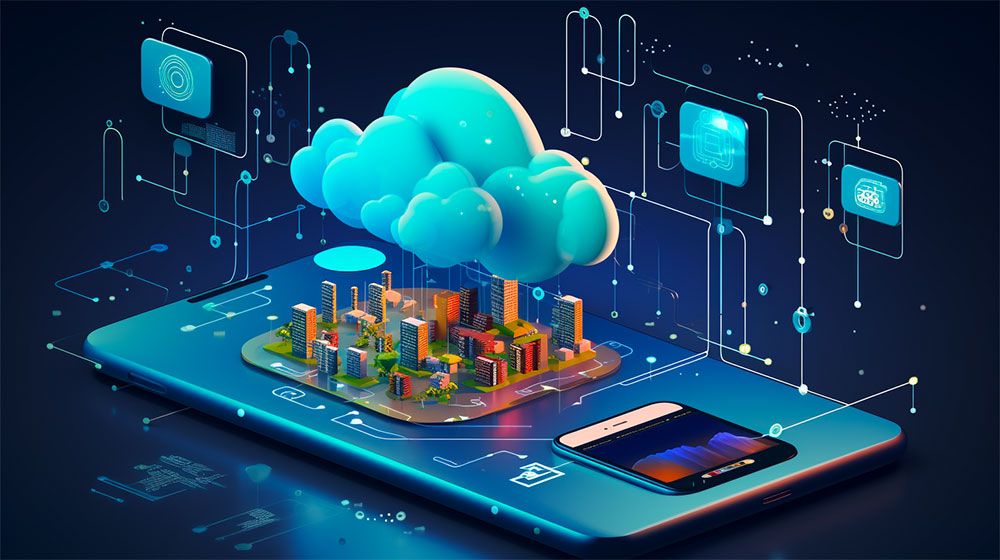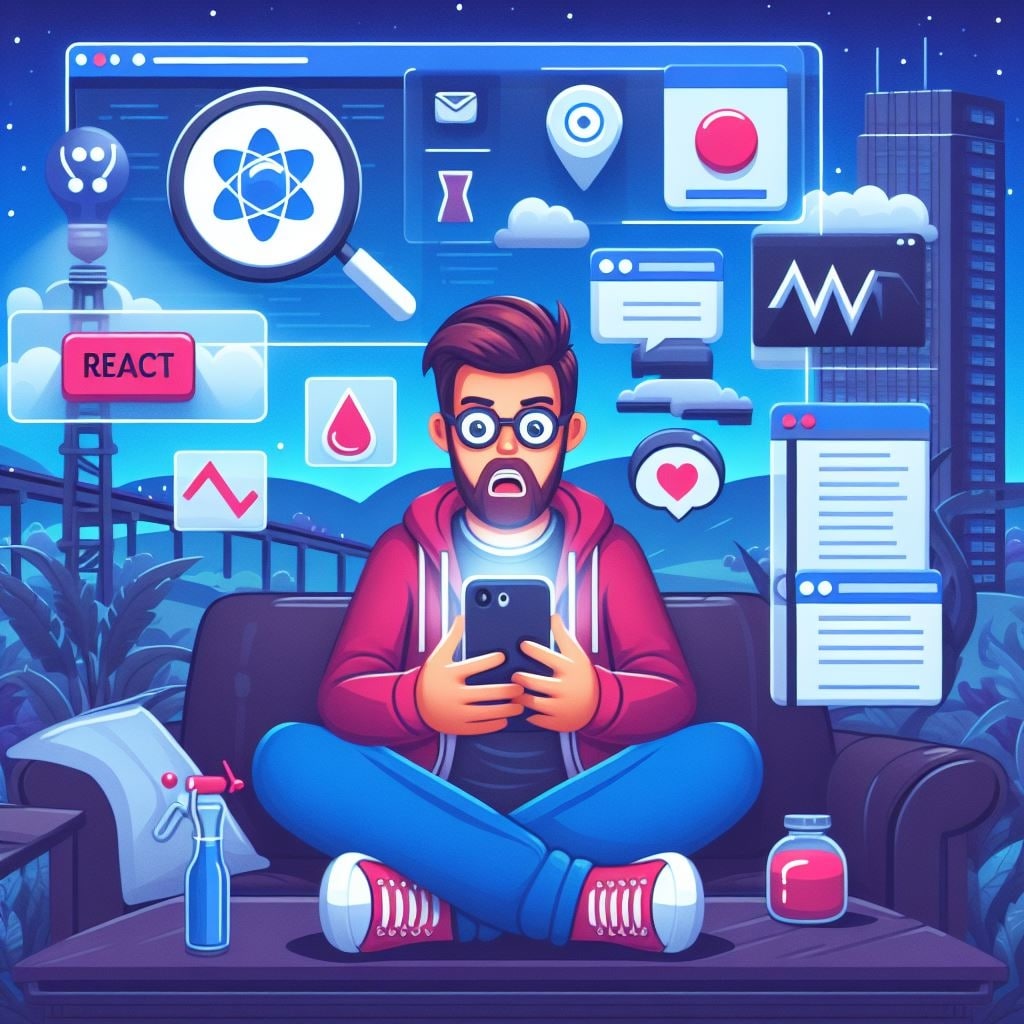Machine Learning Models For Real-Time Mobile Experiences
Mobile apps have become the hub of daily digital interactions, and users now expect instant responses with minimal delay. Real-time mobile experiences rely heavily on machine learning models that process data on the spot. These models enable apps to adapt quickly, provide relevant suggestions, and respond to user behavior in milliseconds. Consequently, businesses are turning to advanced techniques to meet rising expectations.
Machine Learning Models
Real-time relevance
Machine learning models trained on large datasets analyze patterns to deliver contextual responses. Whether it’s suggesting the next song, predicting text, or tailoring news feeds, real-time relevance keeps engagement high. As a result, app developers gain the opportunity to create deeper connections with their audience.

Key model types
Classification models instantly identify categories like spam versus genuine messages. Recommendation models suggest products, shows, or services tailored to preferences. Furthermore, reinforcement learning adapts dynamically by learning from user interactions. These models work together to create seamless personalization that feels natural.
On-device processing
By running models directly on smartphones, apps reduce dependency on cloud servers and cut down latency. At the same time, sensitive data remains within the device, improving user trust. App Developer New York teams frequently leverage this approach to deliver secure yet fast user experiences.
Edge AI power
Edge AI extends on-device processing by enabling advanced computations closer to the user. Mobile apps using edge AI perform tasks like speech recognition or object detection without relying on constant connectivity. This makes experiences more reliable in areas with poor networks. Therefore, businesses adopting edge AI provide uninterrupted, consistent performance regardless of connectivity challenges.

Personalization impact
Users value mobile apps that reflect their unique needs and interests. Machine learning models adjust recommendations, notifications, and layouts based on personal behavior in real time. For instance, fitness apps adapt workout suggestions based on progress data. Consequently, personalization builds stronger engagement and loyalty by aligning the experience with individual goals and lifestyles.
Latency challenges
Real-time experiences demand responses within milliseconds, which can strain app performance. Large machine learning models may consume resources, slowing apps on lower-end devices. Developers overcome these challenges through model compression, optimization, and lightweight frameworks. Thus, reducing latency ensures apps remain smooth, responsive, and accessible to a wider user base.
Industry applications
Machine learning models shape real-time mobile experiences across diverse industries. Retail apps provide instant recommendations and price alerts during shopping. Healthcare apps monitor vital signs in real time to detect anomalies quickly. Likewise, finance apps use fraud detection models to protect users during transactions. These practical applications demonstrate the broad potential of real-time AI integration.

Developer advantage
For developers, integrating machine learning into mobile apps creates a strong competitive edge. Companies like App Developer New York focus on blending AI with user-centric design to deliver standout products. Leveraging pre-trained models, cloud APIs, and custom algorithms allows teams to scale innovations quickly. Therefore, businesses gain higher customer retention and a stronger market presence.

Future prospects
As hardware improves, even complex computations will run seamlessly on personal devices. Emerging trends such as federated learning will also enhance privacy while maintaining accuracy. Ultimately, machine learning will continue transforming mobile apps into intelligent companions that evolve with their users.
Conclusion
By combining on-device processing, edge AI, and optimized frameworks, developers meet the high expectations of today’s users. As technology advances, mobile apps will only become more intelligent, responsive, and indispensable.
